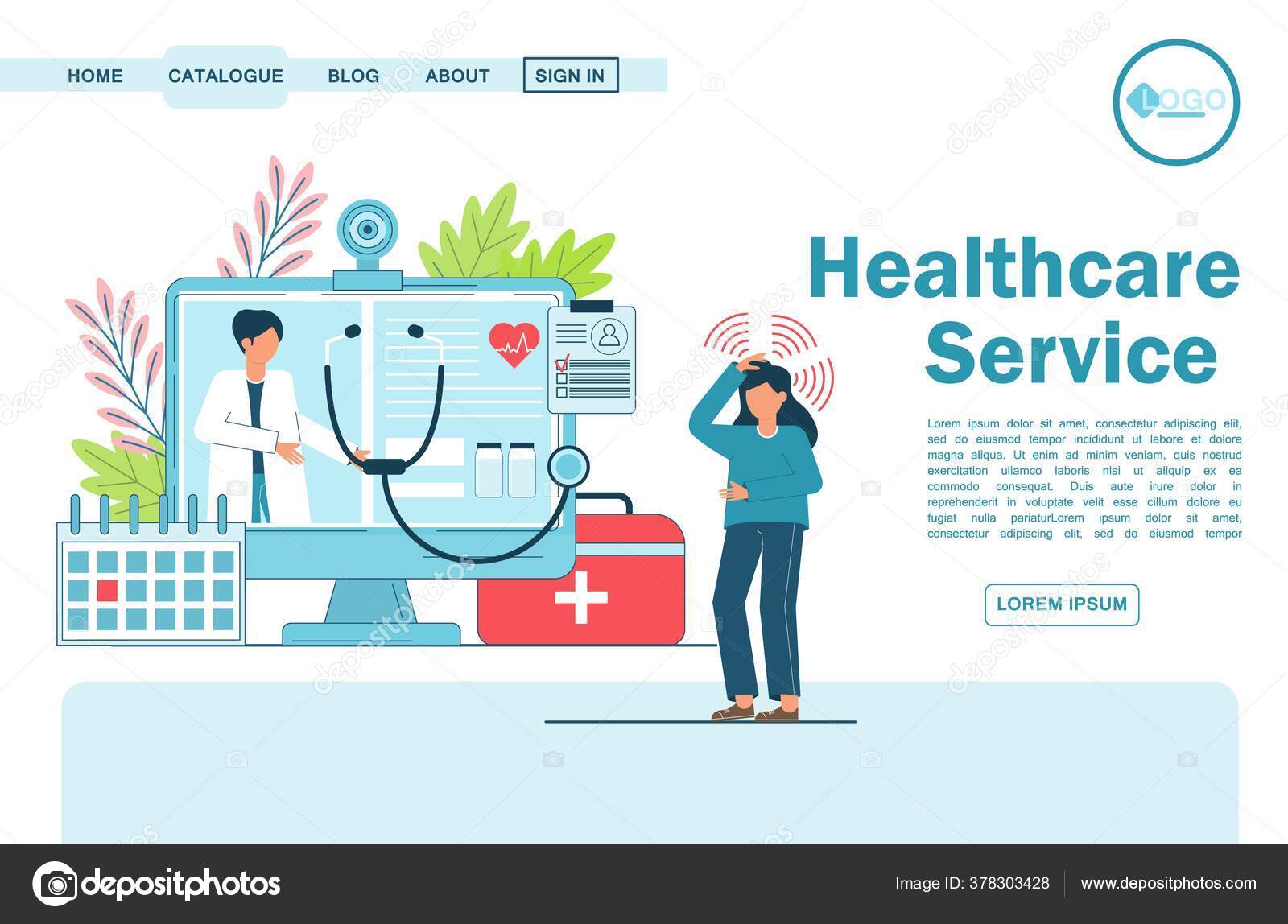Recognizing the Cost-Effectiveness of Subscription-Based Health Care Models
As the health care landscape progresses, subscription-based designs emerge as an engaging option, guaranteeing to redefine just how people take care of medical costs. Assessing these models' cost-effectiveness necessitates a nuanced comparison with standard insurance, considering both financial implications and person contentment.
Overview of Subscription-Based Models
Subscription-based healthcare models, in some cases referred to as straight health care or concierge medication, are progressively gaining attention as a possible service to inadequacies within traditional healthcare systems. These versions operate the principle of offering people direct accessibility to healthcare carriers with a yearly or regular monthly charge, bypassing the need for typical insurance policy systems. This arrangement aims to streamline patient-provider communications by decreasing management concerns, which usually impede prompt and personalized care.
At the core of subscription-based designs is the focus on a much more personalized individual experience. People take advantage of boosted accessibility to their physicians, usually consisting of next-day or same-day consultations, extended appointment times, and direct communication channels such as phone or video phone calls. This model cultivates a proactive approach to healthcare, where patients and companies can collaboratively concentrate on preventative care and persistent disease monitoring.
Cost Contrast With Standard Insurance

One of the main economic benefits of registration models is transparency in prices. Patients pay a predictable charge, which can streamline budgeting and financial preparation. In addition, these designs commonly remove co-pays and deductibles for protected solutions, decreasing out-of-pocket costs. On the other hand, typical insurance policy may be more helpful for individuals needing specialized treatment or pricey treatments not covered under a registration model, as they benefit from the broader protection network and cost-sharing mechanisms.
Nevertheless, cost-effectiveness is context-dependent. While subscription versions may provide savings for those primarily requiring main treatment, individuals with chronic problems or specialized medical care requirements could discover traditional insurance policy a lot more comprehensive. Therefore, examining certain medical care demands and potential usage is important in figuring out the most economical option for individuals.
Impact on Individual Fulfillment
Individual fulfillment within subscription-based health care designs frequently shows a substantial enhancement over typical insurance policy systems. This improvement is mostly credited to the personalized treatment and ease of access these models use. Clients often report greater contentment due to reduced wait times and the ease of organizing consultations. Unlike typical systems, where clients may experience delays in obtaining treatment, subscription-based versions make sure more timely and direct interactions with health care suppliers.
Additionally, the transparency in expenses related to subscription-based health care minimizes the common irritations connected to unforeseen fees and complex billing procedures seen in conventional insurance policy (subscription based healthcare). Patients appreciate understanding the specific financial commitment upfront, causing boosted count on and confidence in their medical care management
Furthermore, the focus on preventive treatment and wellness in subscription designs adds to improved health outcomes, further enhancing patient fulfillment. By concentrating on continuous wellness maintenance rather than episodic treatment, individuals experience a more all natural and continual healthcare trip.
Additionally, the improved provider-patient relationship promoted in these models, identified by even more time spent per person and personalized attention, plays a vital duty in raising patient contentment levels, as people really feel genuinely looked after and comprehended.
Service Provider Viewpoints and Experiences
From the supplier's viewpoint, subscription-based healthcare designs offer a transformative technique to delivering medical services. These designs highlight a preventative and positive medical care strategy, allowing suppliers to concentrate on read this post here extensive individual care without the constraints of traditional fee-for-service plans (subscription based healthcare). This change in emphasis usually results in boosted patient results and boosted supplier contentment, as medical care specialists can designate more time and sources to patient interaction and personalized treatment plans
Furthermore, subscription designs facilitate predictable revenue streams, which improve economic stability for health care companies. This predictability permits boosted source preparation and appropriation, contributing to an extra reliable healthcare shipment system. Companies can spend in staff framework, training, and innovation try these out improvements, consequently boosting the quality of treatment provided.
However, the transition to subscription-based versions is not without difficulties. Providers should adapt to brand-new operational structures, which can include considerable adjustments in billing practices and patient administration systems. Furthermore, there is an inherent demand for robust information monitoring to track patient end results and make sure top quality care. Regardless of these obstacles, many providers locate that the advantages of boosted person communication and structured operations outweigh the initial obstacles, making subscription-based models an appealing choice.
Future Potential Customers and Challenges

A key obstacle is regulatory compliance, as subscription designs need to comply with advancing medical care policies and insurance coverage needs. This requires continual adaptation and technology to guarantee placement with lawful criteria. Furthermore, integrating these versions right into existing healthcare facilities can be complicated, needing considerable investments in modern technology and training.
There is likewise the potential risk of producing inequities in medical care access, as subscription go to my site models may favor those that can manage them, leaving prone populaces underserved. Addressing this requires thoughtful factor to consider of rates strategies and aid systems to ensure inclusivity.
Conclusion
Subscription-based medical care designs present a viable alternative to standard insurance by offering monetary predictability and openness, especially benefiting people with persistent conditions or frequent healthcare requirements. The cost-effectiveness of these designs is contingent upon specific medical care usage patterns and conditions.
Subscription-based healthcare versions, in some cases referred to as straight main treatment or concierge medication, are increasingly obtaining interest as a potential solution to ineffectiveness within standard health care systems. Unlike standard systems, where patients might experience hold-ups in obtaining treatment, subscription-based models guarantee even more timely and direct interactions with health care carriers.
These designs stress a proactive and preventative health care strategy, enabling suppliers to concentrate on comprehensive client care without the restrictions of traditional fee-for-service arrangements. As these designs continue to get traction, they supply the potential to revolutionize person accessibility to care, streamline service shipment, and maximize medical care investing.Subscription-based medical care versions provide a feasible option to standard insurance coverage by offering financial predictability and transparency, especially profiting individuals with chronic problems or constant medical care demands.